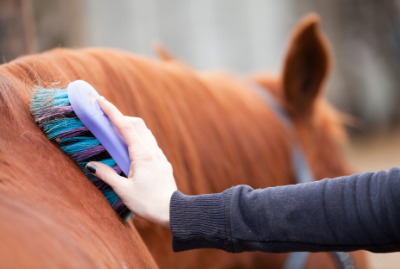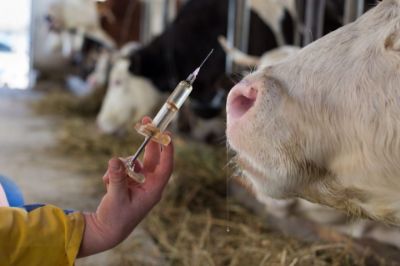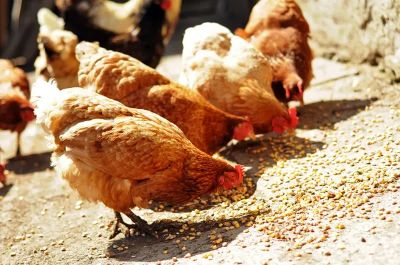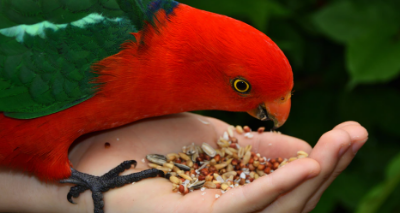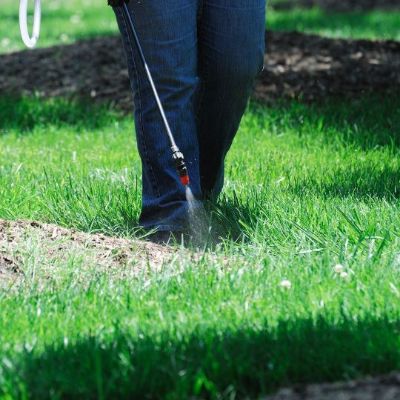
Beekeeping is a rewarding hobby that is becoming increasingly popular, due greatly to the environmental impacts of keeping bees. And, if you’re like me, your love and appreciation for these intelligent insects will only deepen as you tend to their hive.
Despite its popularity however, many budding apiarists tend to overlook the fact that getting involved in beekeeping requires substantial research and preparation.
Equally important, before you go out and buy your first colony, is to thoroughly research and purchase the correct equipment. Beekeeping is a unique hobby, and specific tools are needed. With many options available, it’s important to understand the differences between them in order to make the best possible decision so that your experience is both a simple and enjoyable one.
Buying equipment
The costs involved in beekeeping can add up quickly, so if you are on a budget, stick to the basics like a bee suit, gloves, smoker and a hive tool. As you progress you can always purchase more equipment.
Beware of buying second-hand equipment. While this can be an affordable option to get started, it does come with a risk that the equipment has been used in an apiary that has experienced disease. Ask the seller for a written vendor’s declaration, this will provide you with important information about the safety of the items you are purchasing.
Essential equipment
The beehive
Surprisingly there are many different types of hives available depending on your beekeeping needs and preferences. Here we have outlined the pros and cons of three types of hive:
- The Langstroth beehive

The most widely used hive is the Langstroth beehive. This style of hive, invented in the 1850s by Lorenzo Langstroth, has now become the industry standard for modern beekeeping.
Langstroth hives consist of a series of boxes placed vertically on top of each other, with the brood box at the bottom. Frames, on which bees build their comb, rest inside the boxes. A row of eight or ten frames within one box allows for extracting individual combs without destruction of other parts of the hive.
The current popularity of Langstroth beehives comes from their versatility. There are many management options available and accessories for pest control, harvesting and expansion. This allows you to customise the hive according to your beekeeping style. These hives are ideal for beginners, and the availability of information found in beekeeping books, tutorials and websites is abundant.
While there are obvious benefits of purchasing a Langstroth hive, there are a few disadvantages that need to be taken into consideration. As Langstroth hives are a series of stacked boxes, in order to inspect the lower boxes, you must physically remove the upper boxes. The amount of weight you must lift, especially when boxes are full of honey, can be extremely heavy; a full depth box can weigh up to 40kgs. This also becomes extremely invasive for the bees as their hive is effectively pulled apart. When trying to put the boxes back together, it may be difficult to do so without inadvertently squashing the inhabitants.
- The flow hive

In 2015, an Australian father and son team launched a crowd-funded invention called the Flow Hive. This unique beehive offered a way to extract honey with minimal interruption of the hive. Flow Hives have ready-made honeycomb cells made from plastic that are attached to the frames. These cells, however, are incomplete which means that the bees must use wax to complete the structure before filling the cells with honey and capping them off.
When the honey is ready to harvest, turning a key on the side of the hive splits cells apart and gravity allows the honey to flow into a trough, through a tube and straight into your jar from an external tap.
There is debate among beekeepers, however, as to which method of honey extraction - traditional frames such as those in the Langstroth hive, or the split cells of the flow hive - is best for the bees, so it is worth investigating further before making a decision that best fits you.
- The top bar hive

The top bar hive is another type of hive that presents its own unique advantages. Having existed for over a 100 years, no one quite knows who invented it. Unlike the Langstroth hive, the top bar hive is horizontal, and consists of a series of hanging bars instead of frames. This means the bees will build their combs in a natural formation and without guidance.
Benefits of the top bar hive include the elimination of the need to do any heavy lifting. This, together with its adjustable height feature makes the top bar hive stand out as the most convenient hive for individuals with physical limitations.
Inspecting the hive becomes less invasive and there are fewer risks of crushing bees in the process. This hive is excellent for the natural beekeeper who wants to allow bees the most natural process of building their hive with minimal human interference or assistance.
The downside of the top bar hive? The design is not standardised, meaning that when purchasing accessories for your hive, each supplier might provide different measurements. Thus, it is likely that you will need to order custom made items to suit your individual hive.
Because of the horizontal nature of this type of hive, there are also no options available to expand the size of your hive as one can with the Langstroth hive. This restriction in size means that the bees are limited in the amount of honey being produced, and it is unlikely that you will ever have an ‘excess’ of honey.
When it's time to harvest, you'll need to cut off the honeycomb, which then has to be crushed to extract the honey. Not only can this be a lengthy and arduous process, but it also has its downside for the bees. Your bees will effectively have to ‘start from scratch’ in order to rebuild the comb, which also means eating from remaining honey stores to gain the strength to do so.
Harvesting the entire comb results in a surplus of beeswax that you can process to use, or even sell for by-product purposes.
There are a variety of beehives available, so it’s important to evaluate what your needs are, and what is important to you before you make a purchase.
Protective clothing

Although bees aren’t generally aggressive, inspecting the hive or harvesting honey will inevitably create a disturbance leading to a higher chance of being stung. To protect yourself, especially if you are a beginner beekeeper, consider investing in a full body bee suit that includes a hat and veil or a hood. Traditional suits are made from thick canvas or cotton, however, mesh suits are becoming a more popular option for our hotter climate.
Gloves are another essential part of your beekeeping kit. They need to be thick, yet flexible enough to allow you the dexterity to perform manoeuvres such as moving boxes, and lifting frames. Elbow length gloves offer your arm an extra layer of protection, and an elastic sleeve will prevent bees from entering.
A smoker

An important and essential piece of equipment is a smoker. Smoke subdues bees by masking pheromones, this helps to keep them calm and passive while you open and work in the hive.
A smoker with a barrel of about 100mm is best for providing the right amount of smoke for bees.
A hive tool

Essentially a mini crowbar, a hive tool will be invaluable as it can help to perform many tasks. Use a hive tool to separate boxes, lifting frames without damaging the comb, as well as removing excess wax and propolis from parts of the hive.
A bee brush

Using a brush that has soft natural bristles can be a gentle way to move your bees around the hive without harming them. A bee brush can help you to move bees off frames without damaging the comb when it’s time for inspection. It can also help to herd bees during a swarm and also to remove bees off clothing.
Having the right equipment sets the stage for an easier, more enjoyable beekeeping journey. Carefully exploring your options and selecting what suits you best can make all the difference between a successful, long-lasting hobby and a potentially unsuccessful endeavor. Starting off simple and focusing on the essential equipment is key.








